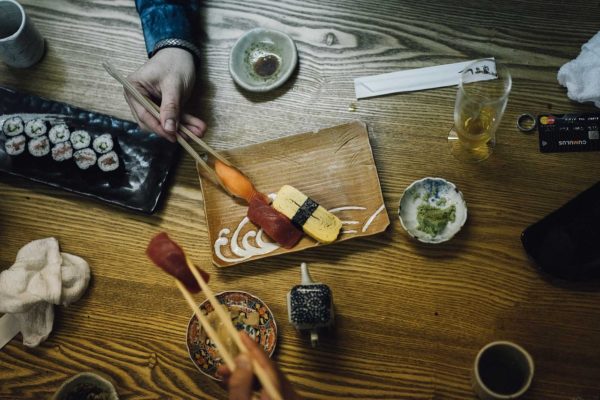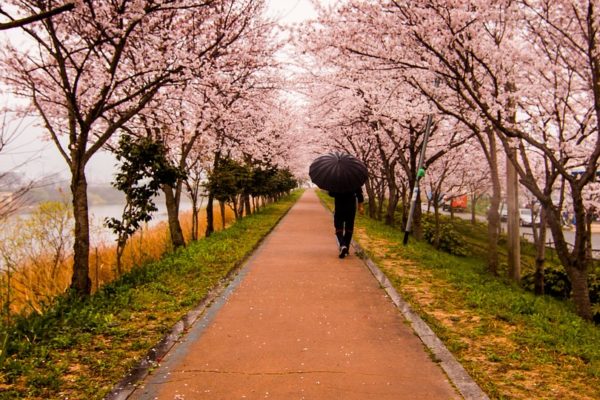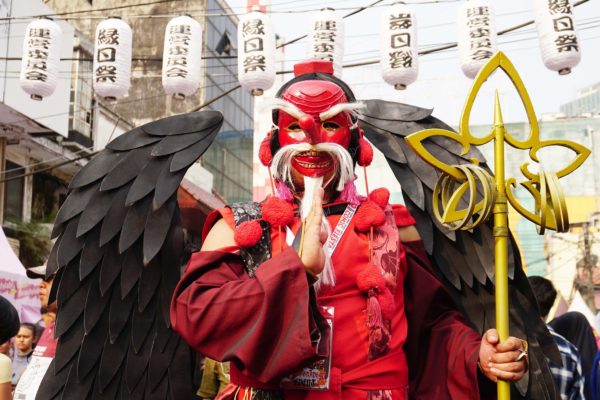Visiting a shrine or temple in Japan is a truly unique way to experience local culture and how Japanese people view religion. And as with visits to a place of worship anywhere in the world, there are certain rules which should be followed as a sign of respect. Here are some handy tips and guidelines to remember the next time you visit these incredible locations in Japan.
Shrine vs Temple: What’s the difference?
There are two major religions in Japan; the original Japanese Shinto, and Buddhism, which was brought over to the country from Korea in the 6th century.
The place of worship for Shinto is the ‘jinja’, or shrine. These are easily recognizable by the torii gate, a wooden structure made out of rounded logs, erected at the entrance into the shrine’s grounds. A shrine has a god or deity which either resides inside the main building or visits it during important occasions.
On the other hand, ‘dera’ or temples are where Buddhism is practiced, and the buildings have architecture that’s more distinctive of Chinese culture with its elaborate arched roofs. Statues of the Buddha are enshrined within the main building, and services are conducted there daily by Buddhist monks who live on the compound.
Before entering
Before you enter the main building, look around the grounds for a little structure for washing, called the ‘temizuya’. Here, you’ll have to wash your hands and mouth of the dirt from outside before entering the sacred building. To complete the wash, simple observe a local Japanese doing so and copy, or follow the steps below:
- Lift the wooden ladle with your right hand, fill it with water from the ‘temizuya’, and pour it over your left hand to wash it.
- Switch hands and wash your right hand.
- Switch again so that you’re holding the ladle using your right hand. Pour some water onto your left palm, and use it to rinse your mouth. If you don’t wish to rinse, just washing your lips with the water will do. Remember not to sip water directly from the ladle!
- Wash your left hand again.
- Tip the ladle upright so water runs down the handle, washing it. Return the ladle to its original spot and you’re ready to go!
How to worship
Once inside, head towards the main altar of worship, where you will see a bell hanging by a decorative rope over the offerings box. This bell is called the ‘suzu’, and you’ll have to ring it before commencing prayers.
Remember to get some coins ready before approaching the altar. The most common coin used is the 5yen coin (the small gold one with a hole in the middle). This is because 5yen is pronounced as ‘goen’ in Japanese, identical to the pronunciation for ‘destiny’ or ‘fate’.
Follow the steps below to make an offering and pray at the altar:
- Toss your coin into the offerings box.
- Grab the rope to ring the ‘suzu’ bell. This is to call the gods to listen to your prayer, so you can do it as loudly as you wish.
- Bow twice before the altar to show respect to the gods.
- Clap your hands twice before your chest. This serves the same function as the ‘suzu’ bell, which is to call the gods to hear your prayer.
- Hold your hands together before your chest, close your eyes, and offer your prayer.
- Bow once more to finish.
Do note that the clapping is only done at shrines. For temples, you can skip Step 4.
General rules in a shrine/temple
Before entering the shrine or temple’s grounds, stop for a moment before crossing the threshold. Beyond the threshold is god’s space, so many people adjust their clothing and give a slight bow before stepping over the threshold as a mark of respect.
If you have planned to visit a shrine or temple, take care not to dress too casually, or revealing too much skin by wearing sleeveless tops or mini-skirts. If you are wearing sunglasses, take them off before entering the grounds.
While walking towards the main building, avoid walking right in the middle of the path. That is where the god walks, so as humans, we avoid taking the same path. Worshippers are also advised to walk slowly, so as to calm the spirit and mentally preparing to offer prayers.
Therefore, remember to respect general rules at all places of worship, such as not making too much noise, or taking photos of the religious statues without permission.
When leaving the grounds, avoid walking in the middle as well. Before crossing the threshold to leave, turn back towards the main building and bow slightly.
With these tips in mind, you’re ready to enjoy a fruitful trip to a shrine or temple in Japan!



